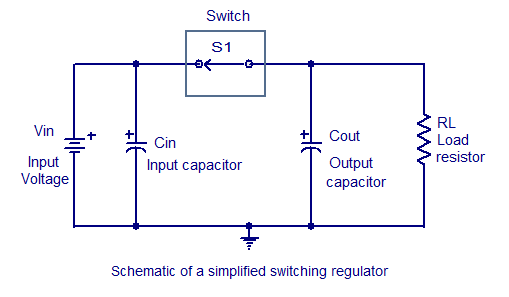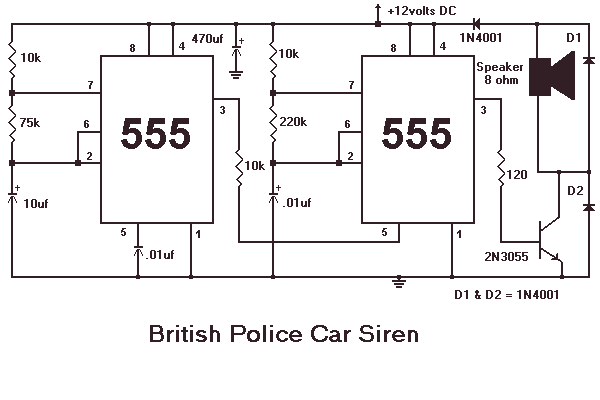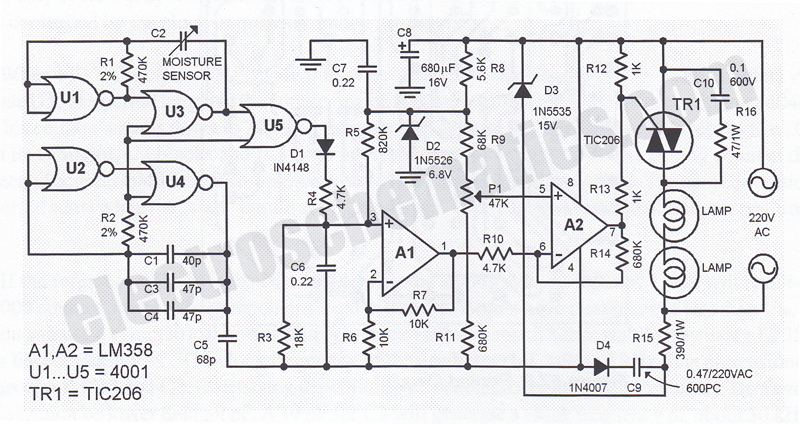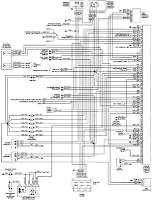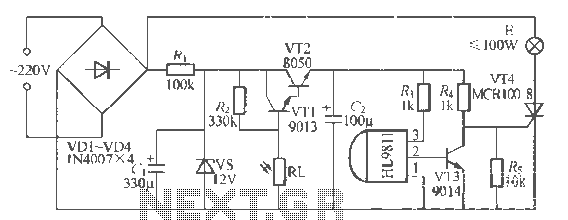
Alarm LED Light Circuit
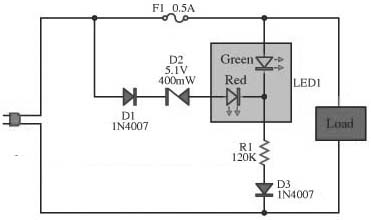
This circuit is designed to monitor the performance of the equipment. It includes a fuse check feature. The circuit is compact and can operate with various power supply voltages. It utilizes a two-color LED, which is of the common cathode type, with separate terminals for the anode. When the circuit is functioning correctly, the LED will indicate its status through color changes. The red display signifies that the fuse in the circuit is damaged. A resistor (R1) limits the current flowing through the LED to approximately 2 mA, which is sufficient to produce illumination. Lowering the resistance of R1 will increase the brightness of the LED. In a typical setup where the fuse is intact, the zener diode prevents both the green and red LEDs from illuminating simultaneously. The zener diode ensures that only the red LED lights up under normal operating conditions. The red LED operates at a higher voltage, allowing only the green LED to illuminate when the circuit is properly connected. Diodes D3 and D4 are included to protect the LED from reverse voltage during the negative half-cycle of the alternating current. However, if the circuit operates on a DC supply voltage, diode protection is not necessary.
This circuit is an essential component for equipment monitoring, providing visual feedback through a dual-color LED indicator. The design incorporates a common cathode LED configuration, which simplifies the wiring and allows for clear visibility of the operational status. The use of a resistor (R1) to limit current ensures the longevity of the LED, preventing excessive current that could lead to failure. The choice of a zener diode in the circuit is critical, as it regulates the voltage across the LEDs, ensuring that only one LED lights up at a time, thereby avoiding confusion regarding the circuit's status.
In practical applications, the circuit can be used in various electronic devices where monitoring of operational integrity is necessary. The red LED serves as a warning indicator for a blown fuse, prompting the user to take corrective action. The green LED, on the other hand, signifies normal operation. The inclusion of diodes D3 and D4 enhances the reliability of the circuit by protecting the LED from potential damage caused by reverse polarity, particularly in AC applications. This design makes the circuit versatile and suitable for both AC and DC powered devices, ensuring functionality across a range of situations.This circuit yearn for act the performance of the equipment, otherwise Check the fuse here the circuit. The circuit is diminutive and the power supply voltage of all kinds. It demonstrate with LED, 2-color in individual. Which is cathode universal kind, the anode has two separate terminals. If the circuit is functioning well LED, it revealed in wet be hind the ears colour. The display is red, as the fuse into the circuit is damaged. The resistor R1 limits the current to gush through the LED is roughly 2 mA. This is an adequate amount to produce the LED light. If it lowers the R1 down, the LED light up. In the conventional setup of the circuit and The fuse is not damaged. The zener diode to prevent the green and red LED illumination up in chorus. Zener diode prevents the LED is simple and red illumination all together. The piercing efficiency LED, as soon as connected trendy like. The red LED uses high-pressure, so with the intention of single green LED illumination up only. Diodes D3 and D4 wish prevent dodgy instead of the LED. While the semi cycle downbeat voltage of the alternating current voltage. However, if the DC supply voltage. I act not retain to manage diode protection. 🔗 External reference
This circuit is an essential component for equipment monitoring, providing visual feedback through a dual-color LED indicator. The design incorporates a common cathode LED configuration, which simplifies the wiring and allows for clear visibility of the operational status. The use of a resistor (R1) to limit current ensures the longevity of the LED, preventing excessive current that could lead to failure. The choice of a zener diode in the circuit is critical, as it regulates the voltage across the LEDs, ensuring that only one LED lights up at a time, thereby avoiding confusion regarding the circuit's status.
In practical applications, the circuit can be used in various electronic devices where monitoring of operational integrity is necessary. The red LED serves as a warning indicator for a blown fuse, prompting the user to take corrective action. The green LED, on the other hand, signifies normal operation. The inclusion of diodes D3 and D4 enhances the reliability of the circuit by protecting the LED from potential damage caused by reverse polarity, particularly in AC applications. This design makes the circuit versatile and suitable for both AC and DC powered devices, ensuring functionality across a range of situations.This circuit yearn for act the performance of the equipment, otherwise Check the fuse here the circuit. The circuit is diminutive and the power supply voltage of all kinds. It demonstrate with LED, 2-color in individual. Which is cathode universal kind, the anode has two separate terminals. If the circuit is functioning well LED, it revealed in wet be hind the ears colour. The display is red, as the fuse into the circuit is damaged. The resistor R1 limits the current to gush through the LED is roughly 2 mA. This is an adequate amount to produce the LED light. If it lowers the R1 down, the LED light up. In the conventional setup of the circuit and The fuse is not damaged. The zener diode to prevent the green and red LED illumination up in chorus. Zener diode prevents the LED is simple and red illumination all together. The piercing efficiency LED, as soon as connected trendy like. The red LED uses high-pressure, so with the intention of single green LED illumination up only. Diodes D3 and D4 wish prevent dodgy instead of the LED. While the semi cycle downbeat voltage of the alternating current voltage. However, if the DC supply voltage. I act not retain to manage diode protection. 🔗 External reference
Warning: include(partials/cookie-banner.php): Failed to open stream: Permission denied in /var/www/html/nextgr/view-circuit.php on line 713
Warning: include(): Failed opening 'partials/cookie-banner.php' for inclusion (include_path='.:/usr/share/php') in /var/www/html/nextgr/view-circuit.php on line 713
